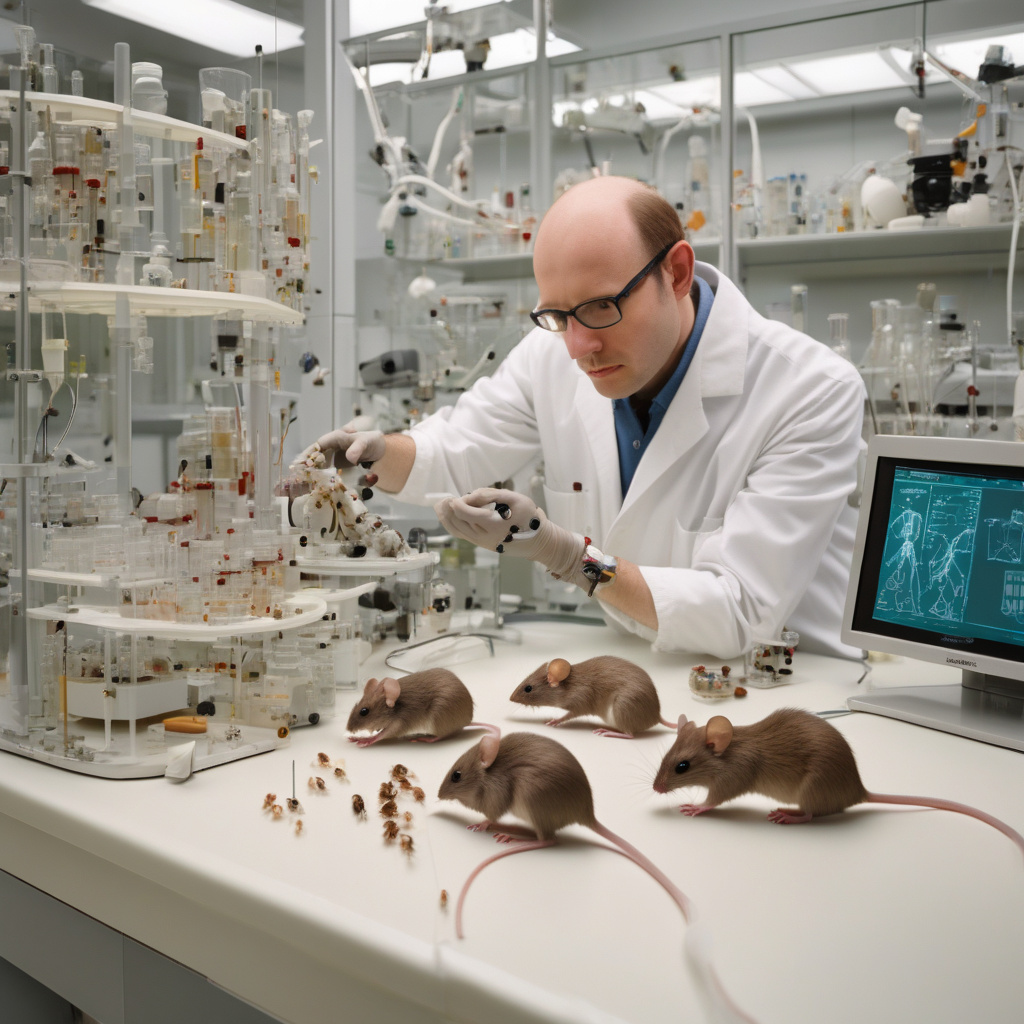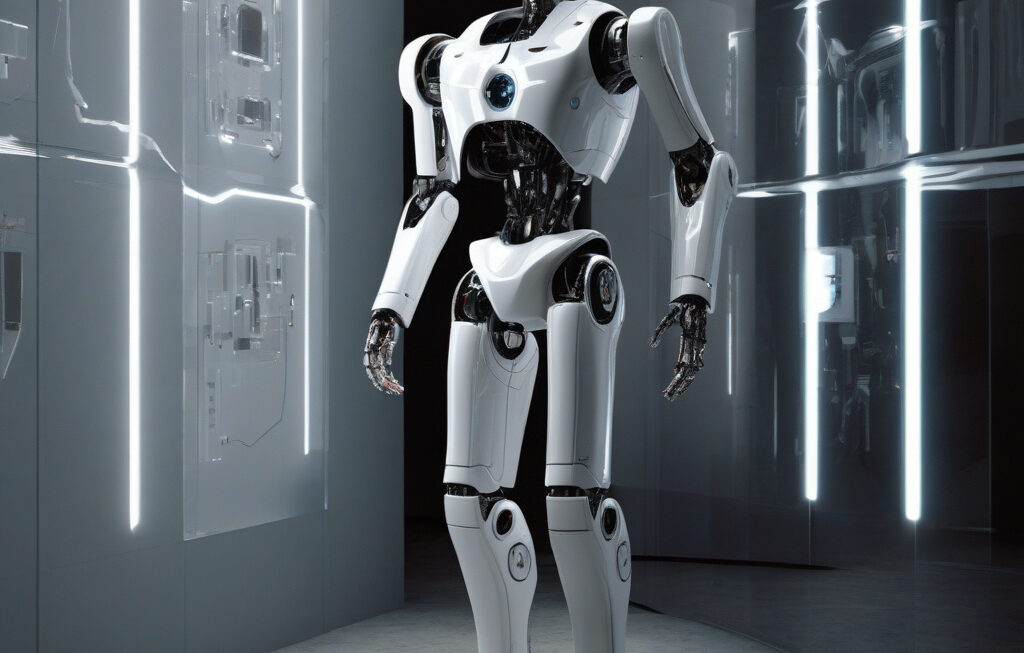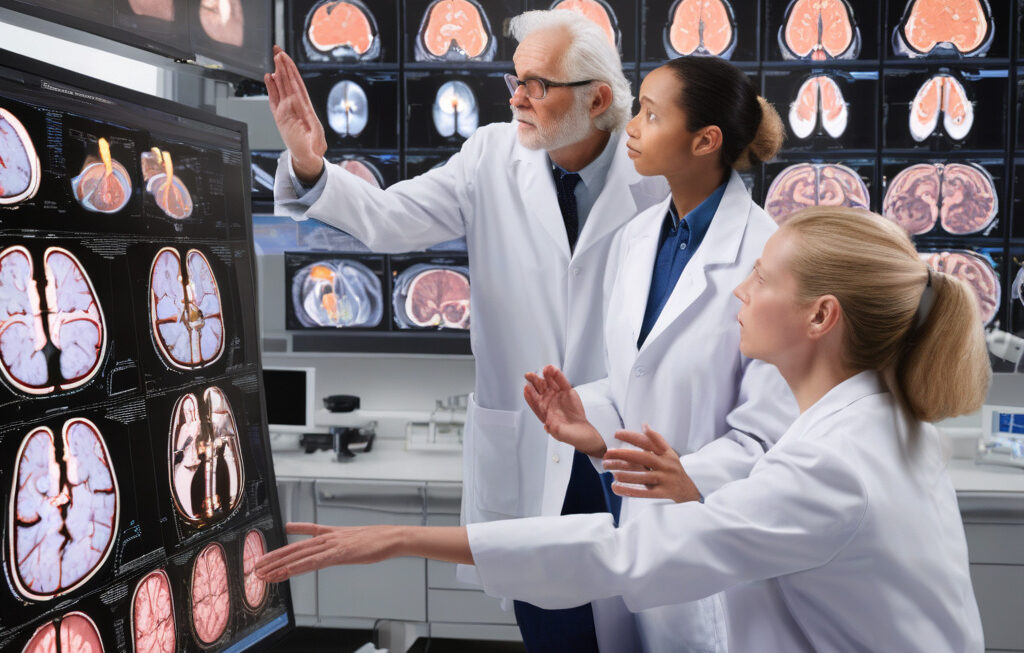Mice Experience Artificial Limb Embodiment, Could Help Humans Accept Prosthetic Limbs
We all have a sense of ownership over our bodies, a feeling that our limbs are an integral part of who we are. However, for individuals who have lost a limb and are using a prosthetic replacement, this sense of ownership can be disrupted. The field of prosthetics has made significant advancements in recent years, with prosthetic limbs becoming more advanced and functional. Yet, one major challenge remains – getting the brain to fully accept and embody these artificial limbs as if they were natural.
Recent research conducted on mice has shed light on a potential breakthrough in this area. Scientists have succeeded in creating a neural interface that allows mice to control a robotic limb with their thoughts. What is truly fascinating is that over time, the mice began to exhibit behaviors that suggested they had accepted the robotic limb as their own. This phenomenon, known as limb embodiment, is a crucial step towards improving the acceptance and integration of prosthetic limbs in humans.
The implications of this research for the field of prosthetics are immense. By understanding the neural mechanisms that underpin limb embodiment, scientists may be able to develop technologies and therapies that help individuals with prosthetic limbs feel a stronger sense of ownership and connection to their artificial appendages. This, in turn, could lead to improved functionality, comfort, and quality of life for amputees.
One key aspect of limb embodiment is the brain’s ability to adapt and rewire itself in response to new sensory inputs. When a person loses a limb, the brain undergoes significant changes as it learns to adjust to the absence of sensory feedback from that limb. Prosthetic limbs, no matter how advanced, can never fully replicate the intricacies of a natural limb. However, by leveraging technologies that promote limb embodiment, such as neural interfaces and virtual reality systems, it may be possible to bridge this gap and enhance the brain’s acceptance of prosthetic limbs.
For individuals living with limb loss, the psychological impact of using a prosthetic limb goes beyond physical functionality. It is also about reclaiming a sense of self and identity that may have been lost along with the limb. By fostering limb embodiment through innovative technologies and therapies, we can help individuals not just adapt to their prosthetic limbs, but truly embrace them as a part of who they are.
In conclusion, the research on mice experiencing artificial limb embodiment offers a promising glimpse into the future of prosthetics. By harnessing the brain’s plasticity and ability to adapt, we can pave the way for a new era where prosthetic limbs are not just tools, but seamless extensions of the self. As we continue to uncover the mysteries of limb embodiment, we move closer to a world where individuals with prosthetic limbs can live fully and confidently, knowing that their artificial limbs are not just replacements, but true embodiments of themselves.
prosthetics, limbembodiment, neuralinterface, amputee, prostheticresearch











